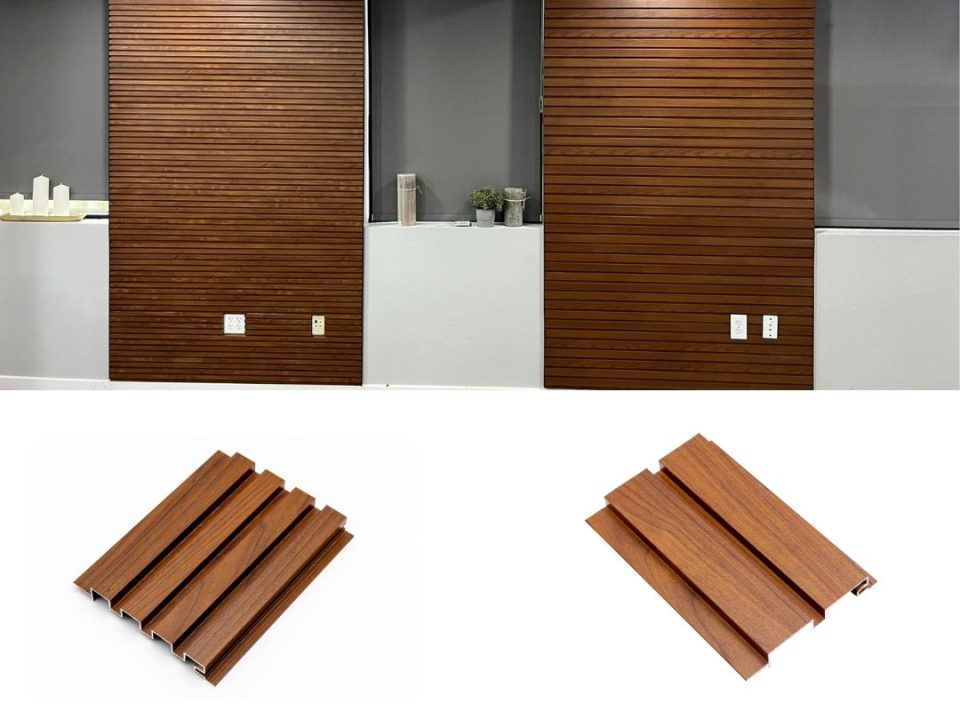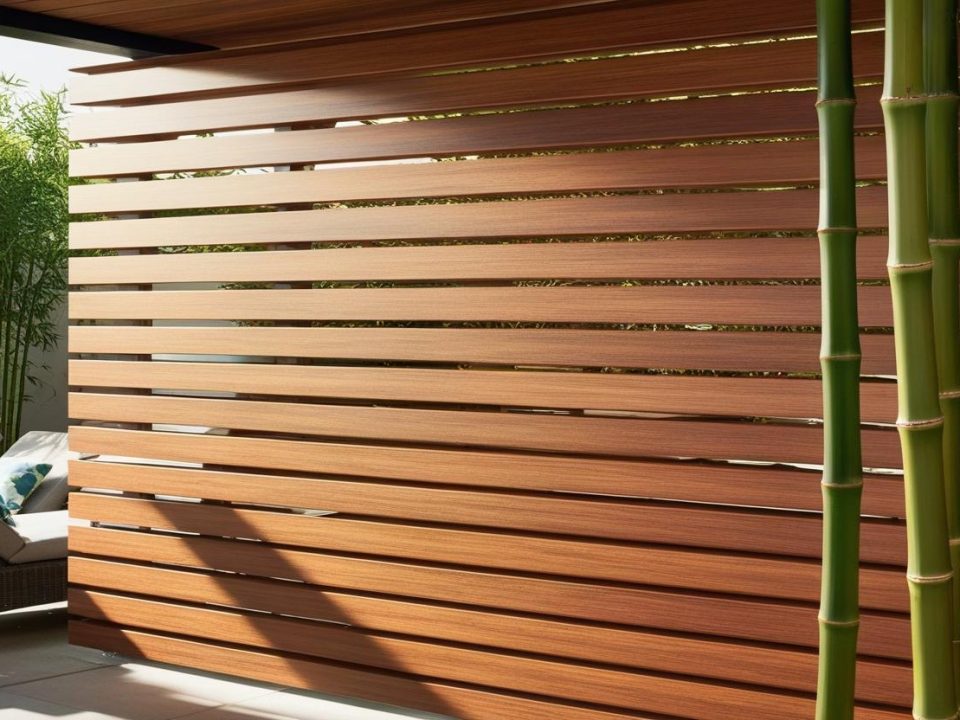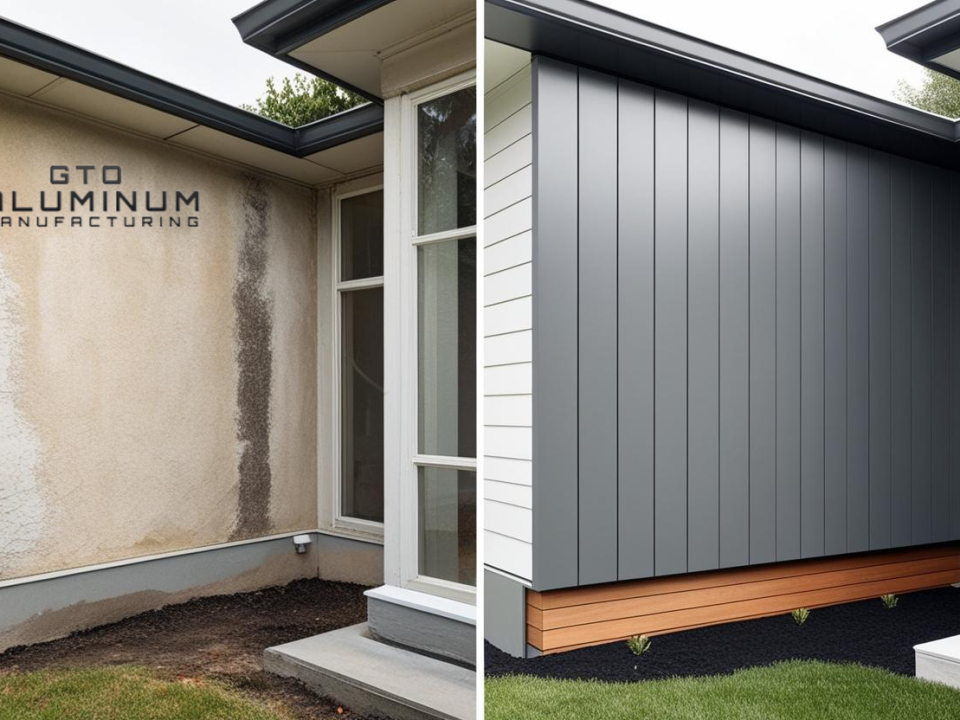
5 Top Reasons To Choose Aluminum Cladding in 2024
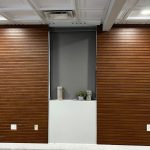
Is aluminum cladding expensive?
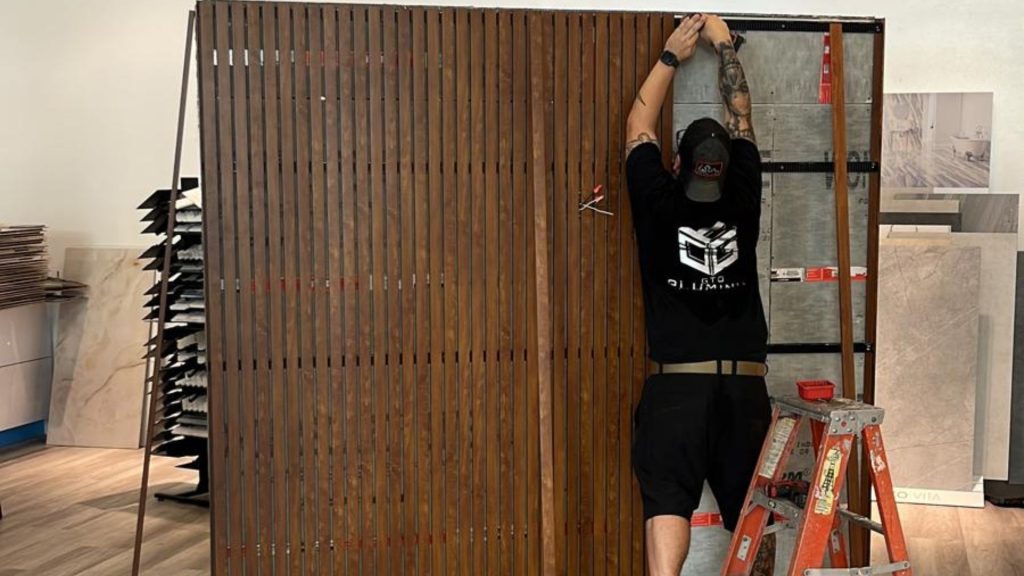
Introduction to Aluminum Cladding
Are you considering aluminum cladding for your home or building project, but wondering just how durable this material is?
Look no further! In today’s blog post, we are unraveling the truth about aluminum cladding and its remarkable durability.
From extreme weather to wear every day and tear, prepare to be amazed by the resilience of this versatile material.
Say goodbye to doubts and discover why aluminum cladding is a top choice for both modern architects and homeowners seeking long-lasting protection with style.
5 Advantages of Using Aluminum Cladding
Aluminum cladding has become a popular choice in the construction industry due to its numerous advantages.
1. Durability: Aluminum cladding is known for being lightweight yet strong, making it resistant to various weather and environmental factors.
2. Low Maintenance: Unlike other materials such as wood or brick, aluminum does not require regular painting or sealing. It is naturally corrosion-resistant, which means it can withstand exposure to moisture without deteriorating over time.
3. Design Versatility: It comes in a wide range of colors and finishes, allowing architects and designers to create visually appealing facades that enhance the overall aesthetic appeal of a building.
4. Energy Efficiency: Aluminum cladding is energy efficient, its excellent thermal conductivity helps regulate indoor temperatures by reducing heat transfer through walls. This can result in lower energy consumption and reduced heating or cooling costs for building owners.
5. Fire Resistance: It has a high melting point compared to other materials like vinyl siding or timber cladding, making it less prone to catching fire or spreading flames in case of an incident.
5 Factors Affecting Durability of Aluminum Cladding
When it comes to the durability of aluminum cladding, several factors come into play. Understanding these factors is crucial for anyone considering this material for their building project.
1. Panel Quality and Thickness: The quality and thickness of the aluminum panels themselves can significantly impact durability. Opting for high-quality panels that meet industry standards ensures a longer life span for your cladding.
2. Proper Installation: Another critical factor is proper installation. Improper installation can lead to issues such as water leakage or wind damage, compromising the durability of the cladding. Hiring experienced professionals who have expertise in installing aluminum cladding is essential to avoid any potential problems down the line.
3. Regular Maintenance: Maintenance also plays a vital role in preserving the durability of aluminum cladding. Regular cleaning and inspection help identify any signs of damage early on, allowing for timely repairs and preventing further deterioration.
4. Environmental Factors: Environmental factors should not be overlooked either. Harsh weather like extreme heat or heavy rainfall can affect the performance and longevity of aluminum cladding. Choosing appropriate coatings or finishes that protect against corrosion and UV radiation can enhance its durability under adverse conditions.
5. Compatibility with other Materials: Compatibility with other building materials must be considered during construction. Incompatible materials may cause chemical reactions or physical stress, leading to premature failure or degradation.
By taking these factors into account when selecting and maintaining aluminum cladding, you can ensure its long-term durability while enjoying all its benefits for your building project.
Common Issues with Aluminum Cladding
While aluminum cladding offers numerous benefits, there are a few common issues that can arise. One of the main concerns is corrosion. Over time, exposure to moisture and harsh weather can cause the aluminum cladding to corrode. This not only affects the appearance of the building but also compromises its structural integrity.
Another issue is thermal expansion. Aluminum has a high coefficient of thermal expansion, meaning it expands and contracts significantly with temperature changes. This can lead to stress on the cladding panels and may result in warping or cracking over time.
Additionally, improper installation can be a major problem with aluminum cladding. If not installed correctly, gaps or misalignment between panels may occur, allowing water infiltration leading to further damage.
Maintenance is another aspect that should be considered when using aluminum cladding. While it generally requires minimal maintenance compared to other materials, regular cleaning, and inspection are necessary to prevent any issues from arising.
Some people have raised concerns about fire safety with aluminum cladding due to incidents in past years. It’s important to note that these incidents were primarily related to specific types of combustible insulation used in combination with certain types of external wall systems rather than solely being caused by the use of aluminum as a material itself.
By addressing these common issues through proper installation techniques and regular maintenance routines, you can ensure the long-term durability and performance of your aluminum-clad building façade
Comparing Durability of Aluminum Cladding with Other Building Materials
When it comes to choosing the right building material for your construction project, durability is a key factor to consider.
Let’s compare aluminum cladding with traditional wood siding. While wood may have a certain aesthetic appeal, it requires regular maintenance and is prone to rotting, warping, and insect damage over time. Aluminum cladding, on the other hand, is highly resistant to these issues. It won’t warp or rot and is impervious to termites and other pests.
When compared to vinyl siding, another commonly used material, aluminum cladding offers superior strength and longevity. Vinyl can become brittle over time due to exposure to sunlight and extreme temperatures. Aluminum cladding maintains its structural integrity even in harsh weather.
In terms of fire resistance, aluminum cladding outperforms many other materials including wood and vinyl. It has a high melting point, which makes it less likely to ignite or contribute fuel during a fire.
Another advantage of using aluminum cladding is its low maintenance requirements. Unlike some building materials that need frequent painting or sealing, aluminum cladding generally only requires occasional cleaning with mild soap and water.
When considering durability as an important factor in your construction project, aluminum cladding proves itself as a reliable choice compared to traditional materials like wood siding or vinyl siding.
Remember though that each construction project has unique requirements, so always consult with professionals who can guide you towards the best choice for your specific needs!
Conclusion
When it comes to building materials, nothing rivals the enduring strength and beauty of aluminum cladding. While other materials may falter under the relentless assault of time and weather, aluminum stands strong, maintaining its vibrant colors and sleek finish for decades to come.
Comparatively speaking, aluminum cladding material holds up well against other materials commonly used in construction projects. It offers excellent resistance against fire and UV radiation while maintaining its structural integrity.
So, why settle for less than the best? Choose aluminum cladding and experience the difference that lasting beauty and performance make! Contact GTO today!


